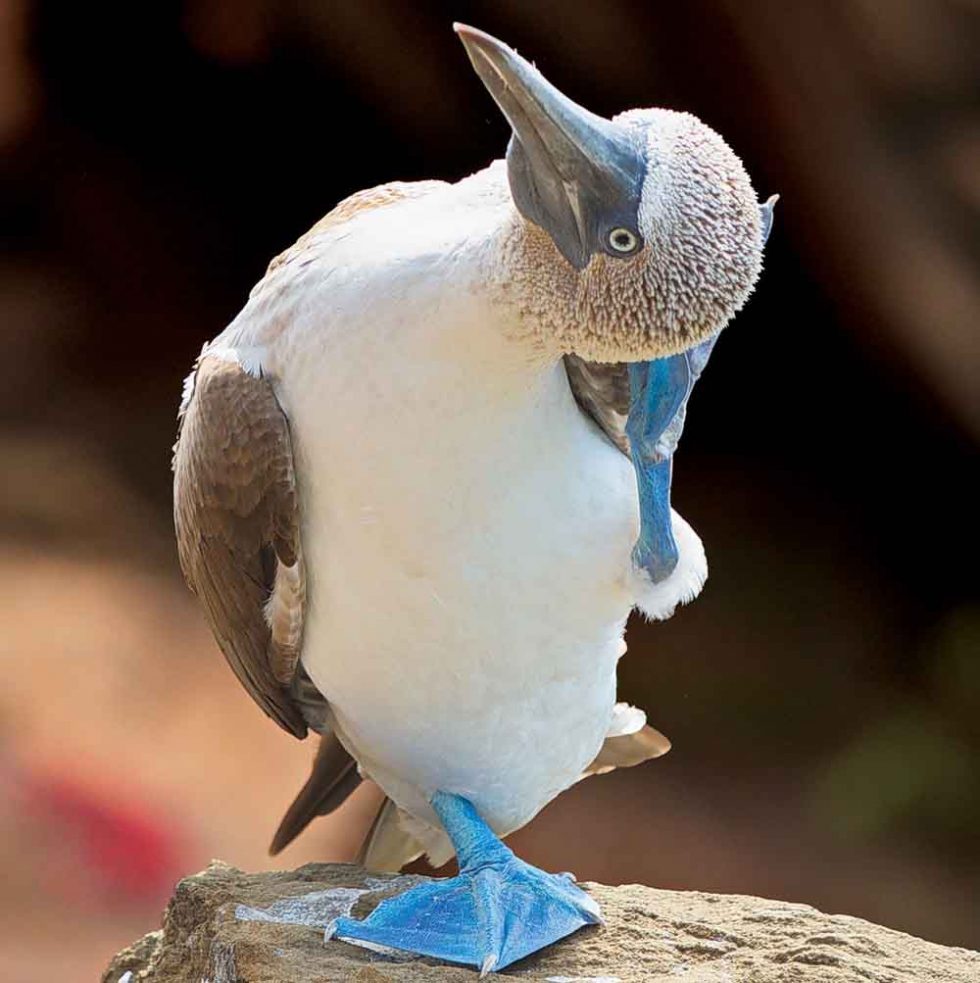

As soon as the bird lands, their toes tighten around the surface. At four different points, each foot has the ability to touch the perch. They have three toes that point forward with one that points backward. The structure of their feet needs to be able to easily wrap around the tiniest of twigs without falling to the ground. Perching birds like finches, phoebes, wrens, and robins need special feet that help them perch on small twigs. Over time, their legs evolved to the zigzag limb pattern they have today. This means the early birds had ankles that helped them survive with the dinosaurs. Imaging of fossilized birds showed that they had soft tissues, ligaments, and cartilage around their ankle joints. These historical birds probably moved with straight limbs, much like humans. The ancestors of most birds have less of a crouched leg posture than birds of today. These types of adaptations may be linked to these birds’ ancestral species that lived in very different regions and environments than they do at the present time. These types of birds may have climbing or perching feet, but they usually forage on the ground. The mourning dove, American robin, and some parrots are some of the most popular birds that don’t exactly match their regions. There are only a few kinds of birds that have legs that don’t match their region of living. The webbed feet of ducks help them paddle effortlessly through the water. The chicken’s feet help them scratch the ground looking for dinner. The long toes of a chicken combine with his sharp nails. These are both types of birds with very different feet. In colder regions, birds have feathers covering their legs. To many people’s surprise, they don’t have many muscles or nerves in their feet. This gives them the strength they need, along with bones and tendons. They use their feet to catch prey, walk, perch, climb, grip, swim, and sometimes defend themselves. Without the proper feet, they couldn’t survive. Each type of bird legs and feet help it to survive in its own habitat.īirds of different species have evolved over time to help them survive in their habitats. Without strong legs, a bird couldn’t perch for hours or paddle gracefully across the water. A bird’s legs and feet tell a story of how it lives its daily life. We don’t pay enough attention to bird legs. A sad sight and an unnecessary fate that could be avoided if the fishing vessels would not throw their floats and net scraps overboard thoughtlessly as a hazard for marine wildlife.Birds are known for their unique colors, flight patterns, beautiful plumage, and even their wing shapes. Many dead birds end up hanging from Helgoland in Autumn as bright memorials on the rocks. Dedicated bird conservationists also cannot help, because the steep and friable rock faces are difficult to climb, even for experienced mountaineers. Both the adult birds and their chicks become entangled in the tear-resistant nylon netting and perish miserably. If they – as so often – collect floating pieces of fishing nets, this can be a deadly trap. The search for suitable nesting material today often leads to their downfall. Only during breeding season do the birds come ashore, that is, on their rocky nest sites. The anatomical features of gannets include a streamlined body, long narrow wings, a delicately serrated beak and large webbed feet. Body and plumage are adapted to life on the water. They dive from sometimes up to 40 metres like an arrow into the sea to catch silvery fish, such as herring or mackerel.

Gannets are also remarkable for their method of hunting which is shock diving. In the air, however, this goose-sized, snow-white sea bird is an elegant and acrobatic flight artist. Its landing, in particular, on the steep, jagged rocks breeding, such as at Helgoland, often looks reckless and painful. On land the gannet seems a little clumsy and awkward. A klutz ashore, aerobatic artist on the sea


 0 kommentar(er)
0 kommentar(er)
